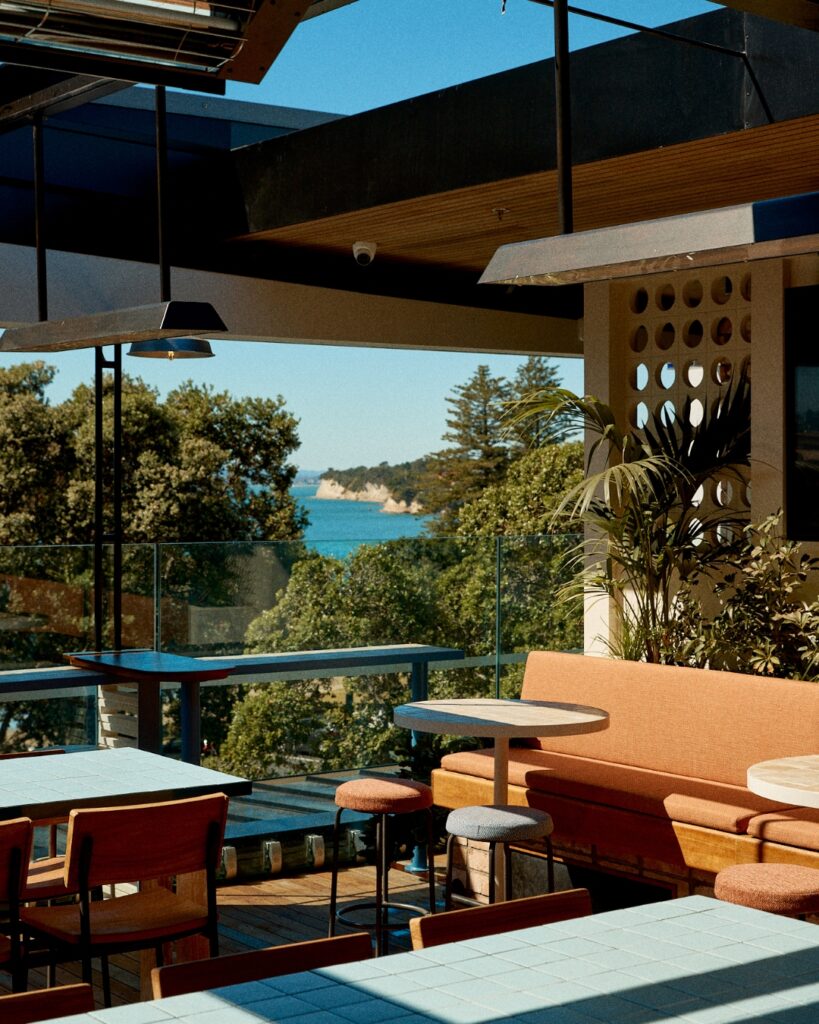 Tutus are the ethereal yet finely detailed garments that transform dancers into black swans and sugar plum fairies, so it’s not surprising that the process of making them is a painstaking one.
Tutus are the ethereal yet finely detailed garments that transform dancers into black swans and sugar plum fairies, so it’s not surprising that the process of making them is a painstaking one.
As the Royal New Zealand Ballet prepares for its run of Don Quixote, starting on March 4th, wardrobe assistant Esther Lofley and communications manager Sally-ann Moffat explain just how much work goes into preparing the dancers for the show.
“The costume has to tell you in a nanosecond who the character is,” says Sally-ann. “There are no subtitles and the dancer isn’t speaking so you rely on her physicality to tell the rest of the story. You need to know in an instant that you’re looking at a bride or a bridesmaid or a gypsy.”
To achieve this for Don Quixote, Esther and her team have been working round the clock, cutting, hand sewing and ruching the 28 tutus for the production.
“To make just one tutu takes anywhere from sixty hours depending on the embellishment,” Esther explains. “The basic tutu, just the skirt, takes about 20 hours.”
And it’s labour-intensive hand work too. “There are a lot of things that you just can’t do on a machine,” says Esther. “The machines that we use are just straight sewers. The hand sewing that we do is long catches which are about two inches long, holding the tulle together so it’s not sewn flat, but it’s got room to move between the thread.”
An important part of the process is the fittings for the bodices – Esther does three of them with each dancer. “In the first one, we tack the backing together and that’s taken in, allowing for the bones.” she says. “At the next one they’ve all got the coil bones in them and some of the embellishment. The final fitting is when we put in the hooks and bars which go down the centre back, as well as all the fastenings.”
Sally-ann explains the importance of the costumes for the viewers. “When you’re sitting in the audience and they’re all lit, you know exactly who they are because the bride is in one colour and the bridesmaids are in another colour, and the gypsies are embellished in a completely different way. That’s the detail that Esther and her team have to go to, they’re really crucial to telling the story.”
The Don Quixote costumes require:
- 8 metres of tulle for the pancake tutu
- 20 hours of hand sewing, cutting, machining for each tutu
- 8 hours minimum hand sewing on each bodice (longer if there’s a lot of embellishment)
- 28 metres of pearl drop beading on each bodice
- 30 metres of gold braid on each bodice
- 45 cms of silk needing to be ruched on each bodice
- 14 headdresses made for the Dryads
- Hundreds of individually sewn sequins and beads – each sewn on to mesh as necklaces that are then sewn onto each bodice to give an ethereal effect for Dryads
- 3 fittings for each dancer to ensure her costume fits perfectly
Don Quixote runs from March 4th till April 1st, starting at the St James in Wellington. For dates and locations, and to book, go to rnzb.org.nz.












